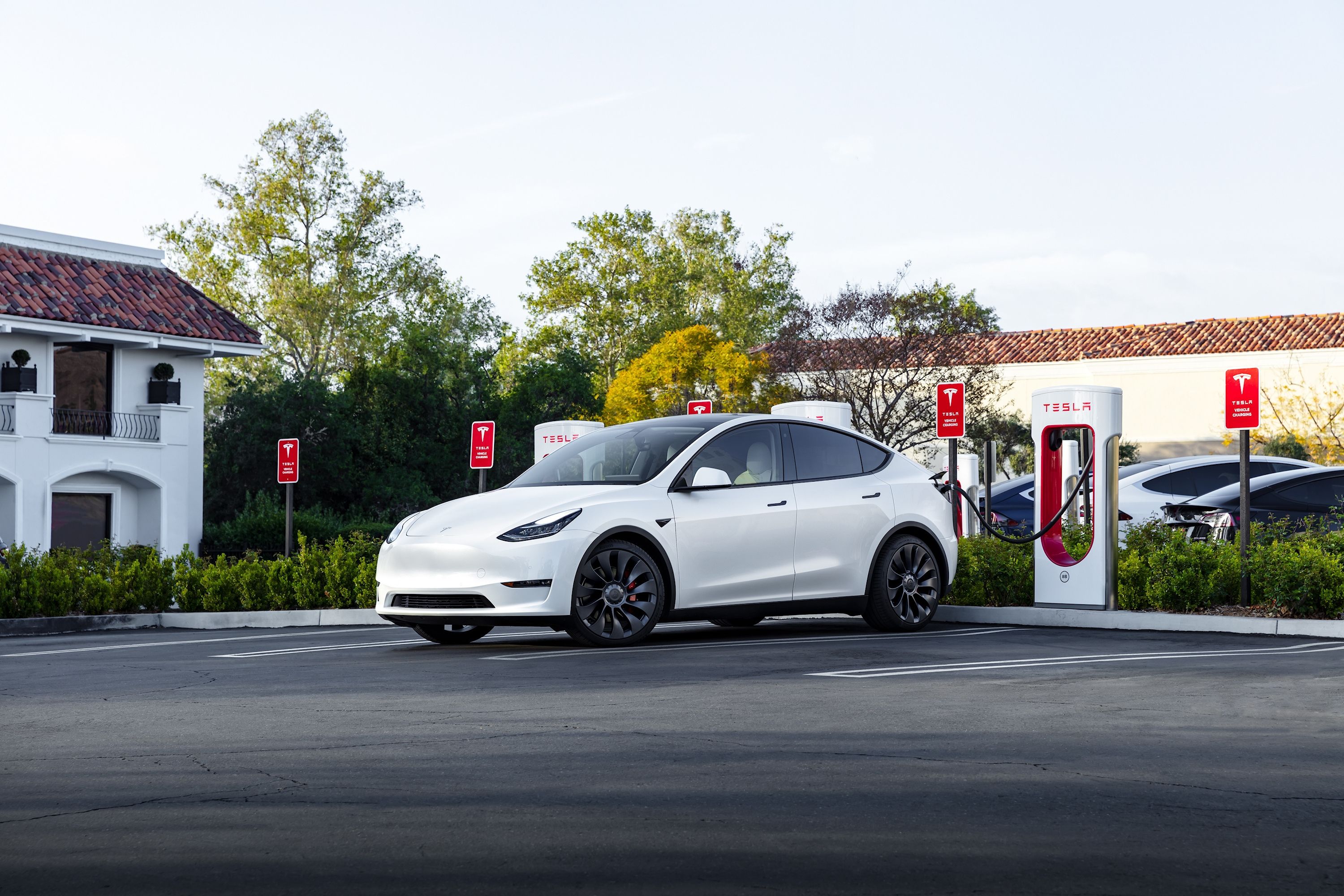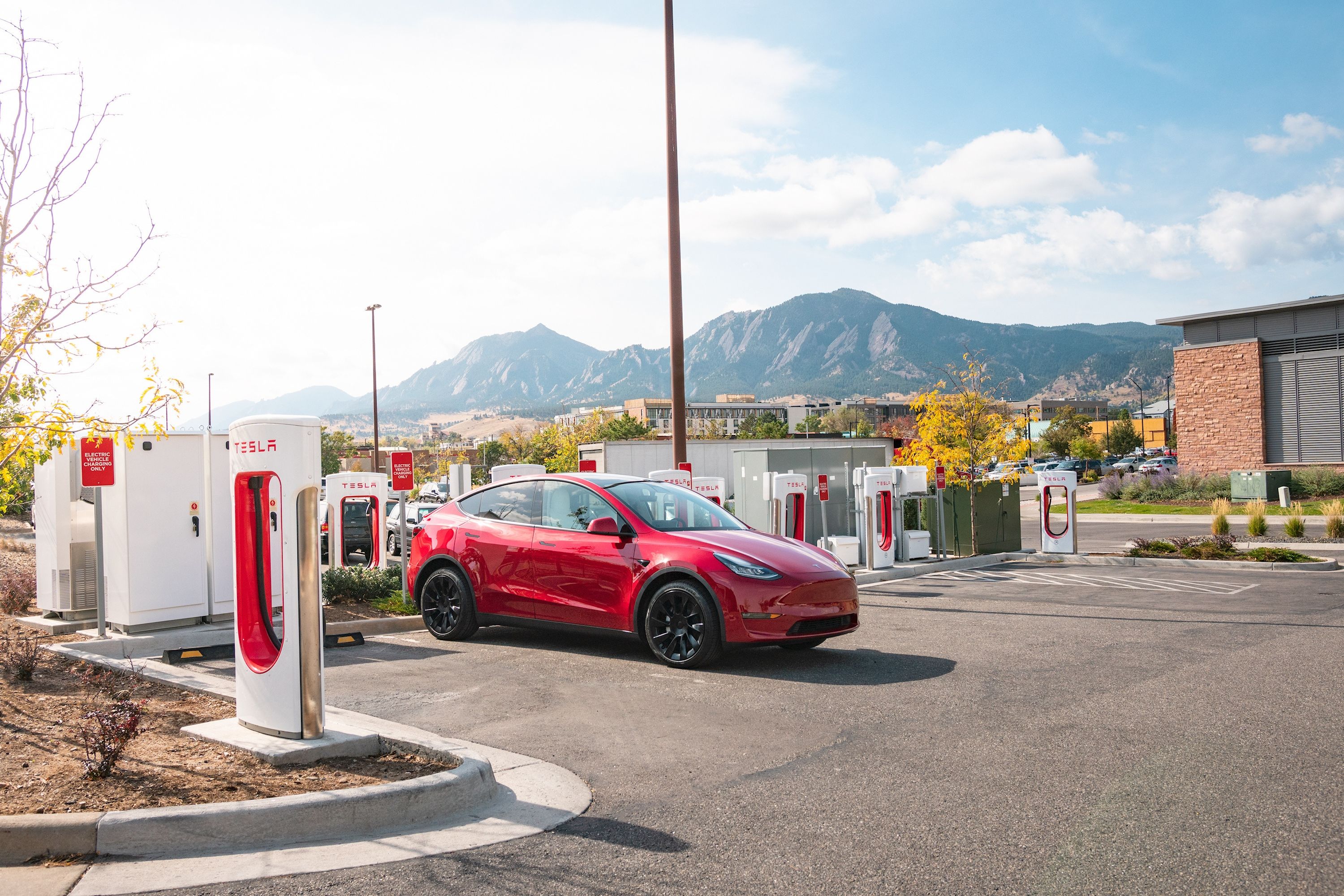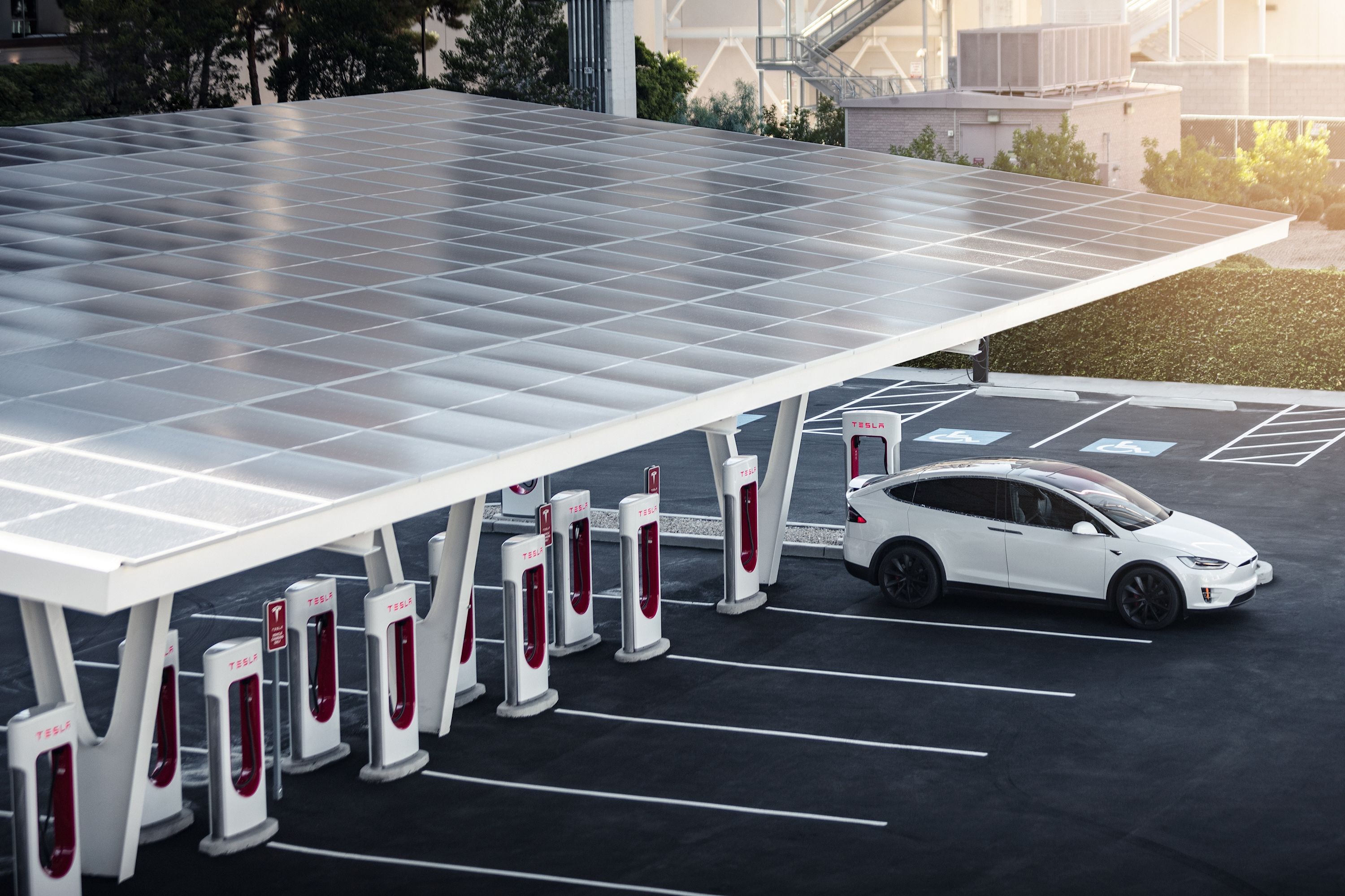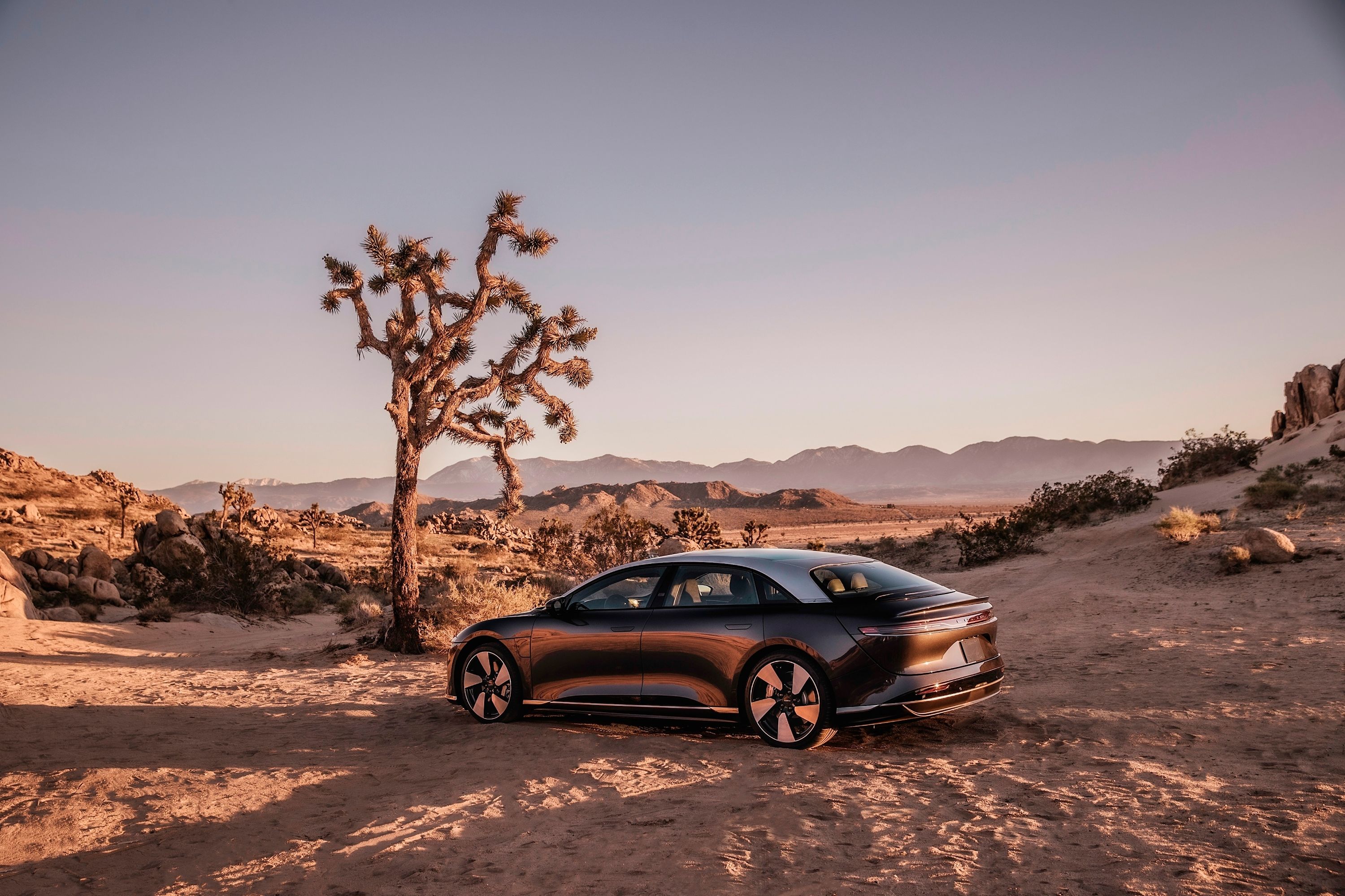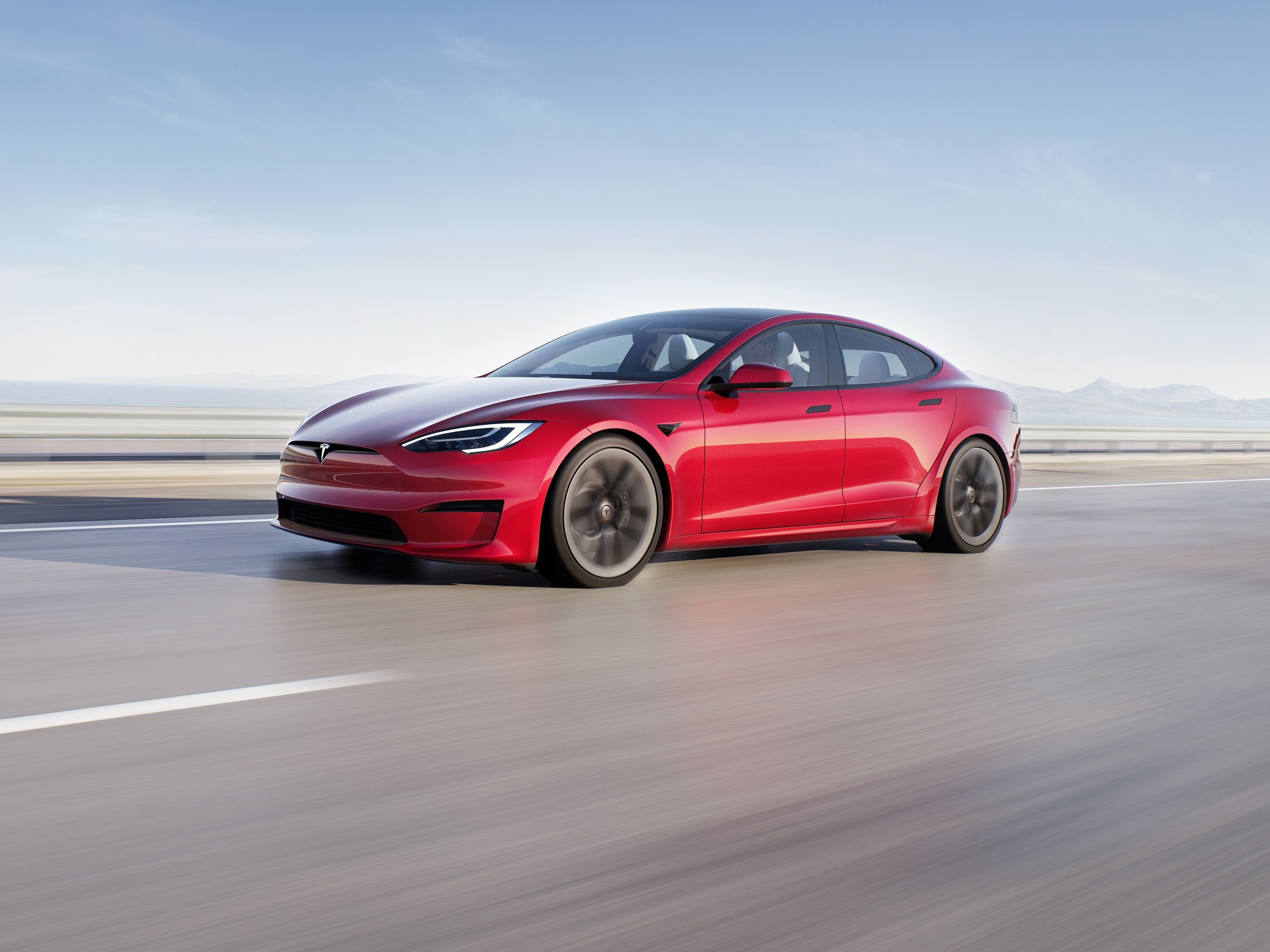
Parks Associates recently released a broad study on the state of EVs in the USA. Multiple manufacturers have reported dramatic increases in EV sales, but overall the uptake is still on the low side compared to China and Europe.
The best current estimate is that EVs only account for one percent of the 250 million cars and light-duty trucks on the road in America. Ford is currently the best-selling car brand in the USA, and its EV figures are nowhere near as impressive as the ICE models.
Why? Parks Associates' study includes a section on why Americans hesitate to go electric. It mentions seven key factors, and Teslarati claim all of these issues have been addressed, but we're not so sure.
As you'd expect, the biggest concern is range and charging. Americans want to travel 400 miles or more on a single charge and access widespread charging. The list of EVs that can go 400 miles on a single charge consists of two cars: the Tesla Model S Long Range and Lucid Air Grand Touring. Both are six-figure cars and not exactly within reach of the average consumer, with the average price of a new vehicle currently set at $46,259.
The range argument is solid, however. One of the smartest moves Elon Musk ever made was investing in an expansive EV charging network. Tesla will soon be opening its massive charging network to competing EVs. Once this happens, Tesla's network will likely become the default, with services like Electrify America as a backup. Charging an EV will be more accessible than ever before.
Consumers also want a tax break and an electric rate that's cheaper than gas. The government recently introduced the Inflation Reduction Act, which includes a $7,500 tax cut for new cars and $4,000 for used cars. There are limitations, and as a result, the list of cars that qualify is shorter than before.
When gas prices hit a record high in July, there was a record amount of interest in EVs. This information is tricky to find, and automotive manufacturers would do well to explain it better. EVs are obviously cheaper to run, but the figure differs from state to state. In some states, you even get to park for free, not to mention the cost of fast charging versus home charging. Thankfully, Self Financial also did a study on the cost of running an EV compared to running an ICE car. That particular study showed that an EV costs $2,721.96 per year, while an ICE car costs $3,355.90.
Considering the high cost of the average new car price, $633.94 hardly makes a difference.
The final three things potential EV customers want to know are whether they can power their house during a power outage and do so when rates are at their cheapest, and they want to better understand the degree of their carbon footprint reduction.
The first two points are easy enough to answer. Yes, you can power your house. The first batch of EVs did not have this feature, but it is becoming the norm. Some EVs can even charge other EVs. As for the price of charging, it depends on your supplier and when you're charging. You need nothing more than a basic understanding of the contract to know when you'll be paying the least to charge a car.
The third part is a pain in the buttocks, something the California government does not understand. It wants to ban all cars in favor of zero-emissions vehicles, which don't exist. While it may not emit emissions via an exhaust, you have to factor in the emissions during the entire lifecycle of a vehicle, starting from the very first time a person stuck a shovel into the ground to mine rare earth minerals.
Unfortunately, manufacturers are shy to conduct such a study for obvious reasons.
Thankfully, organizations like the American Council for an Energy-Efficient Economy (ACEEE) are willing to do the research. The Hummer EV is a more significant polluter than an ICE vehicle. As part of that report, 60% of America's power still comes from dirty energy, like burning coal. Yes, your EV does not emit dangerous gases, but where does the power come from? That's an uneasy question, and it's clear that Americans want clarification.
When we wrote about California banning all but zero-emissions vehicles from 2035, it was the number one comment made by readers. An easy solution would be a windscreen sticker mentioning all the emissions during the manufacturing stage and what emissions you can expect when not using environmentally friendly recharge methods.
It's clear that hardcore EV fans want to believe all these issues have been addressed, but that's obviously not the case.
This article was made for comments, so we'd love your feedback below.

